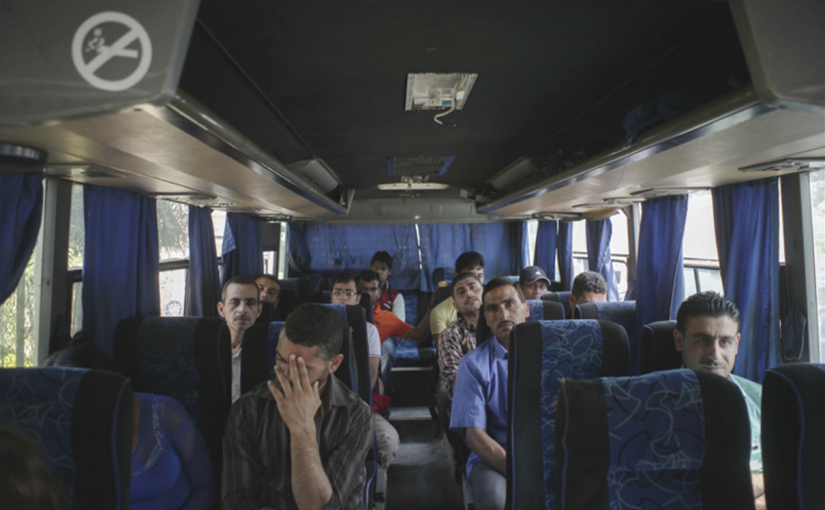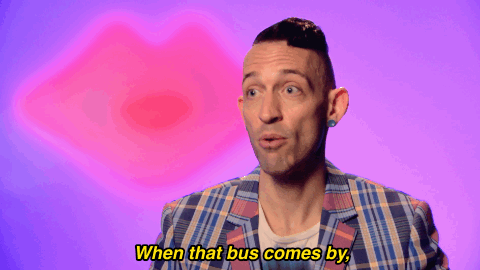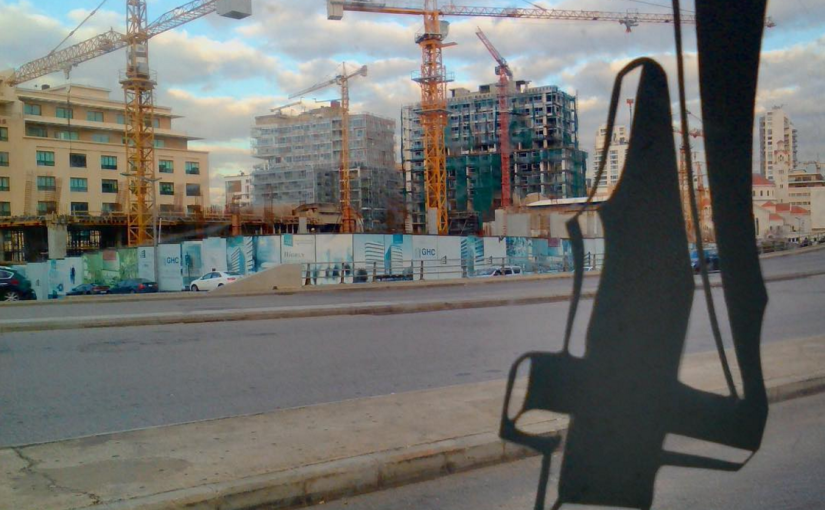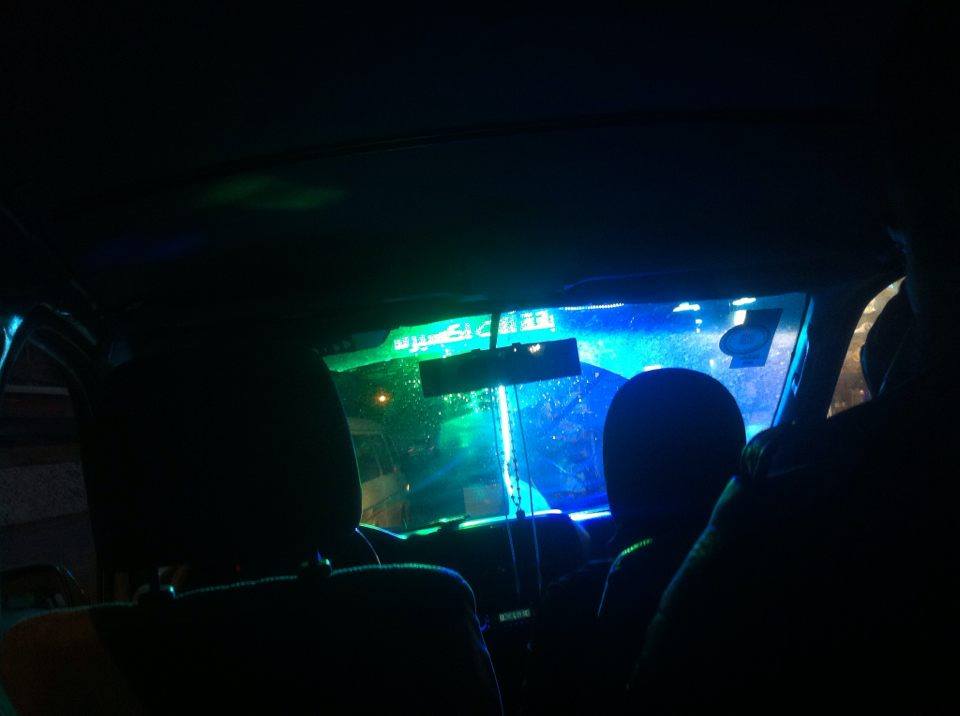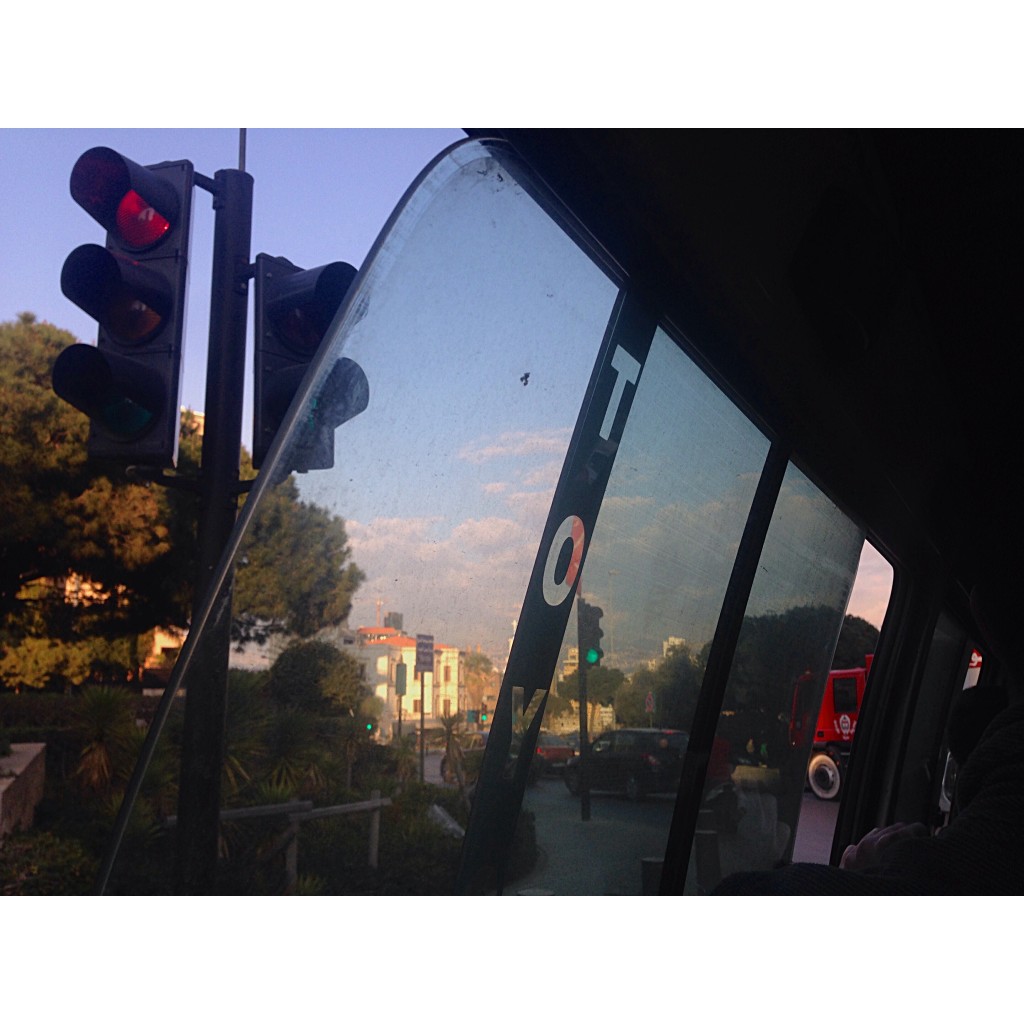بعد عدة سنين من استخدامي النقل المشترك ، وتحديدا ” الفانات”، أحب أن اتحدث عنها من زاويتي الخاصة، بعيدا عن الكليشيهات المستخدمة في توصيفها وعن الإستياء من مزاحمتها السيارات السياحية التي لا يقل سائقوها عدوانية عن سائقي الفانات !
بداية ، لا شك أن النقل المشترك في لبنان، ككل شيء آخر، يعكس حالة الوطن. فهو صنيعة الفوضى المهيمنة في غياب التخطيط على الصعد كافة . ونشاهد يوميا مخالفات فاقعة لأنظمة السير ولأبسط الشروط البيئية وشروط السلامة، ما يجعلنا نتساءل كيف يلاحظ الشرطي غياب حزام الأمان أيام “الكبسات المرورية ” ولا يلاحظ الدخان الأسود المتصاعد من عوادم المركبات أو سائقي الدراجات النارية الذين تسخّر الطرقات والقوانين لبهلوانياتها !! عدا استعمال النُّمَر الخصوصيّة او تلك المطلية بالأحمر فتصير المركبة عمومية بضربة فرشاة!!
ولكن, هذا النظام من جهة أخرى له العديد من الفوائد الى حد أنه يتفوّق بها على باقي أنظمة النقل المشترك حول العالم:
النقل بواسطة الفانات يوفّر خدمة مريحة نسبيا لأنه يتيح للراكب الركوب والنزول في أي نقطة يريدها على مسار المركبة. هذه الخدمة قد تؤخّر باقي الركاب بسبب كثرة التوقّف والإقلاع ولكنها بالمقابل توفّر عليهم وقت وعناء السّير من وإلى المحطة. هذه الميزة نوّه بها أصدقاء أجانب إستعملوا الفانات خلال إقامتهم في لبنان.
من جهة ثانية، كل راكب يحصل على مقعد. فعندما استعملت النقل المشترك في اسطنبول (قطار أنفاق, باصات وقطار مُدُنيّ) خلال ساعات الذّروة, اضطررت الى الوقوف مع عدة أشخاص ملتصقين بي. في حين أن الفان الذي يمتلئ لا يستقبل ركّابا إضافيين إلا نادراً. علما أن أن مقاعد الفانات غير مريحة أحيانا. إلا ان هذاا العامل غير كاف لتبديل نظام النقل هذا .
وإذا استثنينا الفانات التي تستعمل محركات مازوت أحيانًا او نلك التي تسير من دون فلتر للهواء و لا تراعي الشروط البيئية ، فإن نظام النقل المشترك المعتمد بيئي نسبيا كونه يوفّر استخدام المحروقات ويراعي أوقات الذروة بحيث تكثف الفانات نشاطها في أوقات الذروة وتخففها في الأوقات الأخرى. قبحسب دراسة أُجريت على النقل المشترك حول العالم, فإن الباصات حين تعمل خارج أوقات الذّروة تلوّث البيئة أكثر مما يلوثها إستخدام كل راكب لسيارته الخاصة.
فهذا النظام مَرِن ومتناسب مع عدد الركاب بدل أن يكون جامدًا بحيث يمر الباص بانتظام في الموقف بغضّ النظر عن عدد الركاب. قد نكره الإنتظار حتى امتلاء الفان بالركاب ولكن هذه الخطوة مفيدة من أجل الوطن والبيئة. يعتبر العديد من الناس أن نقلنا المشترك غير ناجح وأنه علينا شقّ سكك حديديّة او بناء نظام قطار أنفاق… ولكن لعل تحسين وتطوير نظام النقل بواسطة الفان أجدى من استبدال هذا النظام بحلول خياليّة باهظة الثمن تتطلّب وقتًا ومجهودًا في بلدٍ صغير الحجم ومثقل بالديون !
ومن التحسينات الضرورية لهذا النظام منع التدخين في المركبات وتكبير المقاعد وتحسين وضعيّتها،إستحداث نظام رقابة فعّال وتدريب السائقين وتعديل الفانات لتتماشى مع أوضاع ذوي الإحتياجات الخاصة… كما يمكن تخصيص مسار للفانات على الطرقات كما هو الأمر في بلاد أخرى بحيث تتمتع بأفضلية المرور كونها تنقل حوالي 15 شخصا وتخفف بالتالي من التلوث وازدحام السير.
بعض الأجانب إستمتعوا باستخدام الفانات في التنقل. وأنا أعتقد أنّها تجربة سياحية مميزة وغير كلاسيكية لا تسوّق لها وزارة السياحة. هناك من يجد أن الأغاني “الوظّية” التي نسمعها في القانات والمركبات الغير المتشابهة والزينة المبهرجة تجغل منها نظام نقل غير محترف وغير مقبول ولكنني أجد ذلك مثيرًا للإهتمام ومسليًا. فكما أحب قراءة الحِكَم على الشاحنات, أستمتع بمراقبة الإضافات التي تعكس شخصيّة مالك الفان.
نظام النقل هذا يعبّر عنّا كشعب أكثر من نظام ممنهج مستورد من الغرب. فعبارة “بس للحلوين” التي أقرأها أحيانًا على خلفية أحد الفانات تشعرني بالإنتماء الى ثقافة فريدة. فبدل أن ننضوي تحت تبعيّة إضافية للنمط الغربي, دعونا نبني نقلًا مشتركًا جيّدًا ومميّزًا من خلال تحسين نظام النقل المعتمد حاليا والذي يلبي حاجاتنا بطريقة مبدعة . يقول عُمدة بوغوتا إنريكي بٍنيالوسا: الدولة المتطورة ليست حيث يمتلك جميع الفقراء سيارات بل حيث يستعمل الأغنياء النقل المشترك.
نشكر السيد محمد مرتضى لمشاركتنا هذا المقال الرائع الذي كتبه في 7 تشرين الثاني 2014 في مجلة موزايك ونحن نعيد نشره بعد اتصاله بنا ورغبته بنشر المقال في البلوغ ونحن كفريق نشكره على هذه البادرة ونطلب من الجميع ممن لديه رغبة الكتابة الاتصال بنا
محمد مرتضى
تشرين الثاني 2014

